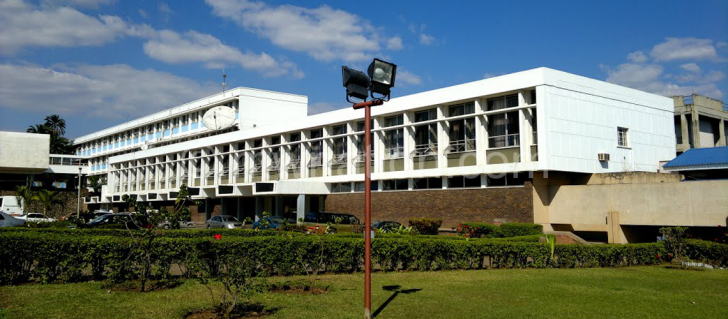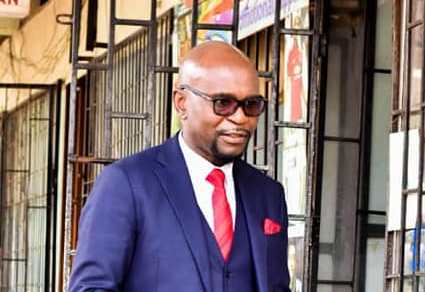Doubts over APM’s pledge to increase ‘varsity intake
In 2014, President Peter Mutharika pledged to increase public universities’ intake by 10 000 places in five years, but 17 months to the end of his term, only 956 places have been added.
Will the Mutharika administration add 9 000 new entrants into public universities in the next one year and five months?

When Mutharika was making the pledge in his maiden State of the Nation Address (Sona), the intake in public universities was 3 684.
Statistics from the National Council for Higher Education (Nche) indicate that in the 2017/2018 academic year, public universities accommodate 4 640 new students, meaning that the intake has only increased by 956 since 2014, representing a 9.5 percent rise.
In the 2015/16 academic year, the intake in all public universities was 4 037. In the next two academic years—2016/17 and 2017/18—the intake has been static at 4 640, according to Nche.
Out of the 4 640, the University of Malawi in 2017/18 has admitted 2 495 students, Luanar has enrolled 923, the Malawi University of Science and Technology (Must) has registered 448 while Mzuzu University (Mzuni) has 774 new entrants.

The 4 640 students were selected from a total of 14 361 who met the minimum requirements, according to Nche spokesperson Priscilla Zikapanda.
According to Zikapanda, the highest number of applicants in recent years was recorded in 2014/2015 when 17 346 were deemed eligible but only 3 684 were admitted.
But Principal Secretary for Ministry of Education Justin Saidi, in an e-mailed response on Thursday last week, insisted that the ministry was on course to increase accessibility in higher education at public universities.
Said Saidi: “The ministry is in the process of expanding the existing universities intake through open and distance learning (ODL) as well as constructing more infrastructure through various projects such as Higher Education Science and Technology (Hest) funded by the African Development Bank (AfDB) and the skills development project with support from the World Bank.”
According to the PS, Hest has budgeted $46.7 million of which $14.3million is an AfDB loan, $17.3 million is a grant and $10.3 million is from the Nigerian Trust Fund, while government will contribute $4.6 million.
But are these the programmes that will raise the additional 9 000?
In a telephone interview on Thursday last week, Parliamentary Committee on Education chairperson Elias Chakwera said the donor-funded infrastructure development projects would not ease the accessibility problems because most of the structures being raised are administrative and a few lecture rooms while hostels were almost not on the plans.
Said Chakwera: “There are not only serious limitations of access but it is also difficult to maintain even those that have been admitted. The loans board is poorly resourced and cannot support many needy students who end up withdrawing.
Civil Society Education Coalition (Csec) executive director Benedicto Kondowe also faulted the expansion programme for university intake in the country. He cited the expansion of universities in the southern Africa region as a pointer that the country is lagging behind in terms of efforts to increase intake.
The DPP in its 2014 election manifesto pledged to construct and complete five new public universities including Mombera University in Mzimba and Marine Biology in Mangochi. n





